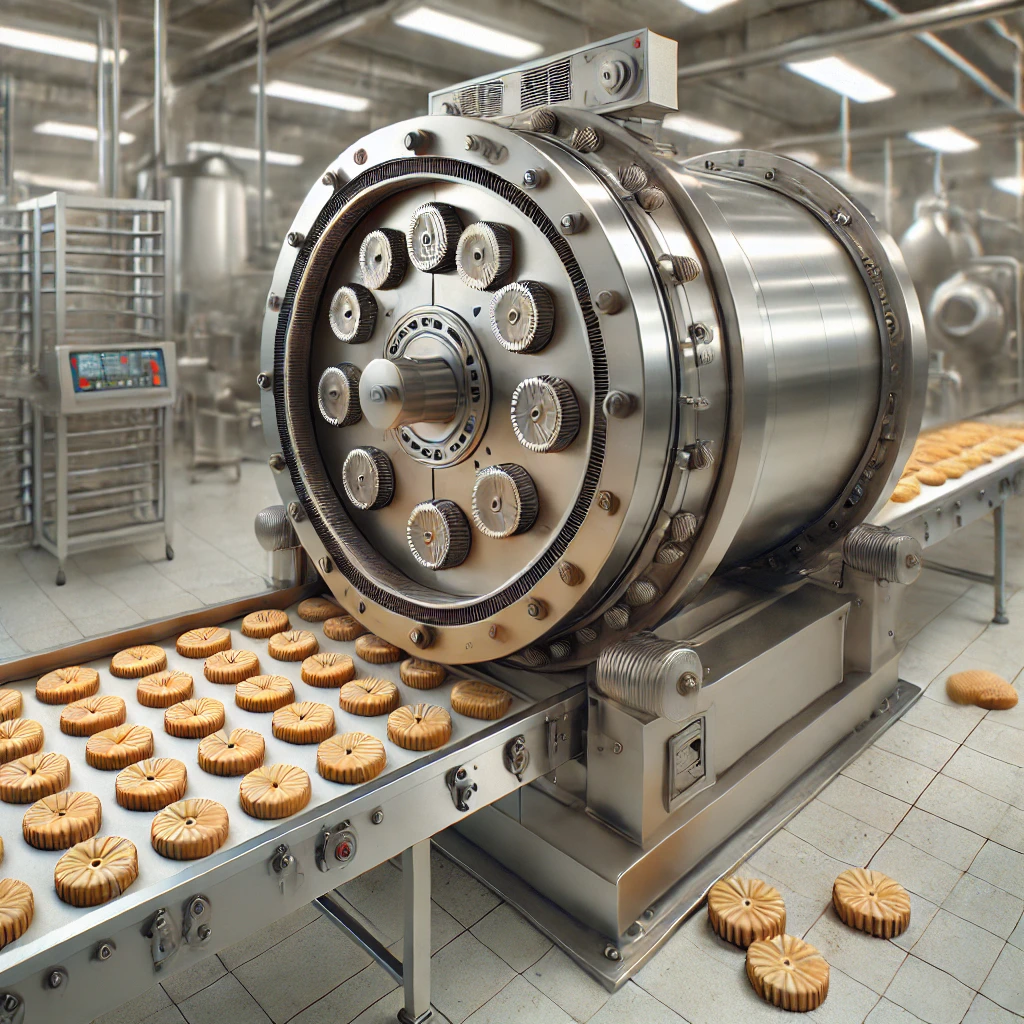Selecting the right plant-based beverage production line is a critical strategic decision. One of the most common and costly mistakes is under or over-specifying the line’s power and capacity. An undersized line becomes a bottleneck, stifling growth. An oversized line leads to excessive capital expenditure, higher energy costs, and inefficient operation at low utilization.
This guide provides a clear, data-driven framework to help you match the technical specifications of the line—particularly motor power and hourly capacity—to your specific business goals.
Defining Your Capacity Tier
First, clearly define your target output. Capacity is typically measured in Liters Per Hour (L/Hr). We can break down the market into three primary tiers:
| Capacity Tier | Target Annual Output (Single Shift) | Business Profile | Target Market |
|---|---|---|---|
| Pilot / Small Scale | 50,000 – 200,000 Liters | Startups, R&D Centers, Local Brands | Local/Regional, Farmers’ Markets, Specialty Stores |
| Medium / Commercial Scale | 200,000 – 1,000,000 Liters | Growing Brands, Co-packers | National Retail, Supermarket Chains |
| Large / Industrial Scale | 1,000,000+ Liters | Established Brands, Large Co-packers | International Distribution, Major Global Retailers |
Technical Specifications by Capacity Tier
The following table outlines the typical power requirements and key equipment specifications for each tier. These figures are for a standard oat or almond milk line; soy or nut-based beverages with higher solid content may require slightly more powerful motors.
Key Equipment Power & Capacity Matrix
| Production Stage | Pilot Scale (< 500 L/Hr) | Commercial Scale (500 – 2,000 L/Hr) | Industrial Scale (2,000 – 5,000+ L/Hr) |
|---|---|---|---|
| Grinding & Milling | Colloid Mill: 15-30 kW *Achieves fineness of 20-50 microns.* | High-Shear Colloid Mill: 45-75 kW Often includes pre-grinding for higher yield. | Multiple Mills or High-Capacity Mill: 90-160 kW Designed for continuous, high-load operation. |
| Homogenization | Homogenizer: 15-25 kW *Pressure: 150-200 Bar* | Homogenizer: 35-75 kW *Pressure: 200-250 Bar for superior stability.* | High-Pressure Homogenizer: 110-200 kW *Pressure: 250-300 Bar for maximum shelf life.* |
| Thermal Processing | Tube-in-Tube or Small Plate UHT: 20-40 kW (Heating) Steam or electric heating options. | Tubular UHT System: 60-150 kW (Heating) Higher energy efficiency, better product quality. | Multi-Tube UHT System: 200-400+ kW (Heating) Integrated heat recovery to reduce energy cost. |
| Aseptic Filling | Semi-Auto / Single Head Filler: 3-5 kW *Speed: 1,000-2,000 packs/hour* | Linear Aseptic Filler: 10-20 kW *Speed: 3,000-6,000 packs/hour* | Rotary Aseptic Filler: 25-50 kW *Speed: 8,000-15,000+ packs/hour* |
| Total Connected Power | ~70-120 kW | ~180-350 kW | ~500-900+ kW |
Analysis & Selection Criteria
Simply matching numbers is not enough. Here’s how to interpret the data for your decision:
1. For Pilot & Small-Scale Clients:
- Focus: Flexibility, low initial investment, and proof of concept.
- Power Analysis: A total power draw of ~100 kW is typical. This tier often uses simpler, more compact equipment. The homogenizer and UHT are the most power-intensive components. Opt for an all-electric line if steam boilers are not available.
- Key Question: Can this line produce a high-quality, stable product that validates my recipe and business model without requiring a massive utility infrastructure?
2. For Medium & Commercial-Scale Clients:
- Focus: Reliability, consistency, and cost-efficiency per liter.
- Power Analysis: The jump in power (to ~250 kW) is due to heavier-duty equipment designed for 16-24 hour operation. Investing in a higher-pressure homogenizer (75 kW, 250 Bar) is critical for achieving the shelf stability required by large retailers. A tubular UHT with heat recovery becomes economically justified.
- Key Question: Is this line robust enough to run 20 hours a day with minimal downtime, and does it produce a product consistent enough for a national brand?
3. For Large & Industrial-Scale Clients:
- Focus: Maximum throughput, automation, and the lowest possible cost per liter.
- Power Analysis: Power consumption is high (e.g., 700 kW), but efficiency is paramount. Industrial lines feature massive homogenizers and complex UHT systems with 80-90% heat recovery, drastically reducing net energy cost. Redundancy (e.g., backup pumps) is built-in to prevent costly production stops.
- Key Question: Does this system offer the operational efficiency, automation, and scalability to compete in high-volume, low-margin markets, with a Total Cost of Ownership (TCO) that supports our long-term strategy?
Summary Table: Strategic Selection
| Criteria | Pilot Scale | Commercial Scale | Industrial Scale |
|---|---|---|---|
| Typical Budget | $150,000 – $500,000 | $500,000 – $2,000,000 | $2,000,000+ |
| Footprint | Small (200-500 sq ft) | Medium (800-1,500 sq ft) | Large (2,000+ sq ft) |
| Automation Level | Semi-Automatic | Mostly Automatic | Fully Automatic (with CIP/SIP) |
| Operational Staff | 2-3 People | 3-5 People | 5-10+ People (per shift) |
| Best For | Market Validation | Business Growth | Market Dominance |
Conclusion
There is no one-size-fits-all solution. The correct power and capacity of your plant-based beverage line are direct functions of your business strategy. By starting with a clear output target and understanding the technical implications at each tier, you can make a capital investment that supports your growth without compromising on efficiency or product quality.
Disclaimer: The power figures provided are industry estimates. A qualified equipment supplier like YXF Food Machinery can provide precise specifications and a factory acceptance test (FAT) to guarantee performance for your specific recipe and output requirements.




